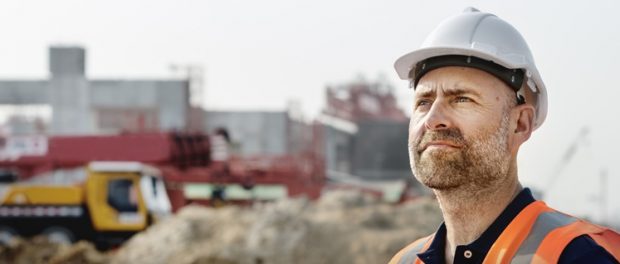Everyone’s business – how occupational health and health and safety can collaborate in the construction industry

 When you consider the term ‘health and safety’ in the context of the construction industry, the most common issues that spring to mind are the obvious hazards – falling from height, manual handling, dangerous machinery, perhaps the movement of vehicles.
When you consider the term ‘health and safety’ in the context of the construction industry, the most common issues that spring to mind are the obvious hazards – falling from height, manual handling, dangerous machinery, perhaps the movement of vehicles.
The word ‘health’ is generally ignored, overlooked, or considered an afterthought.
Yet the risks to health in construction are just as great – and arguably more far-reaching – as those pertaining to safety.
Stress now ranks as the biggest cause of new or longstanding cases of work-related illness, accounting for 51% of reported ill health in 2021/22,[1] approaching one million people in the UK.
So why is health so difficult to manage in an organisation?
Perhaps, suggests Ian Cooke of NEBOSH, it’s down to perception. If you see someone working at height on the top of a building, the consequences of something going wrong are extremely visceral – if they don’t take precautionary measures and work ‘safely’, they will fall and hurt themselves – rapidly. It’s imaginable, it’s distressing, it’s very clear how it can be avoided.
However, when someone works in a noisy environment, or is exposed to dust, or a substance that only causes damage over time, the risks aren’t as real. They’re hidden, and the consequences are slow. It’s therefore easy to overlook working practices that are ‘unhealthy’ or cause ‘slow ill health’. These hidden hazards get overlooked when a job just needs to get done and where the consequences of failures don’t get splashed all over the newspapers.
This is where occupational health (OH) needs to come in.
Says Libby Moore, occupational health nurse specialist, there is a strong business case for occupational health services:
- First and foremost, it’s there to protect employee health. Organisations have a moral, financial and legal responsibility to look after their employees.
- Occupational health can help with workforce productivity. According to recent research, presenteeism from mental ill health alone costs the UK economy £15.1bn per year,[2] almost twice the business cost of actual absenteeism.
- Healthy workers improve business performance – both in terms of its bottom line and its reputation.
In short, health is everyone’s business – in the same way as safety. With that in mind, there has been a call for increased collaboration between health and safety and occupational health organisations and bodies to work collaboratively, to bring the two interrelated disciplines together on the same footing.
In 2021, the Society of Occupational Medicine (SOM) established a special industry group for construction and its allied professions in order to raise the profile of health and governance within the UK construction industry, to deliver a consistent approach and be a collective point for best practice.
A multidisciplinary team worked together to create guidance on construction worker health assessment, including occupational health physicians and OH nurses with experience in policy and construction, alongside input from occupational hygienists and health and safety professionals. You can access the guidance online; Construction Worker Health Assessment Guidance.
The guidance aims to promote evidenced-based best practice in line with professional standards, in order to assist employers in meeting health and safety legislative requirements and HSE guidance. In other words, the guidance is there to help organisations tackle health with the same compliance-based approach as they do safety.
By working alongside more-established health and safety colleagues, occupational health can be instrumental in enhancing working practices in the construction industry. By prioritising the wellbeing of workers, health assessments and mental health support can be offered to identify and address work-related health issues, reducing absenteeism and unhealthy work practices. Through these efforts, occupational health creates a safer and healthier construction work environment, reducing accidents, injuries and work-related illnesses while fostering a culture of safety and continuous improvement.
Some of the advice in this article is taken from the NEBOSH: health and safety in construction roundtable. You can watch the full roundtable video – which covers a broad range of topics – at:
[1] Labour Force Survey: Statistics – Work-related ill health and occupational disease (hse.gov.uk)
